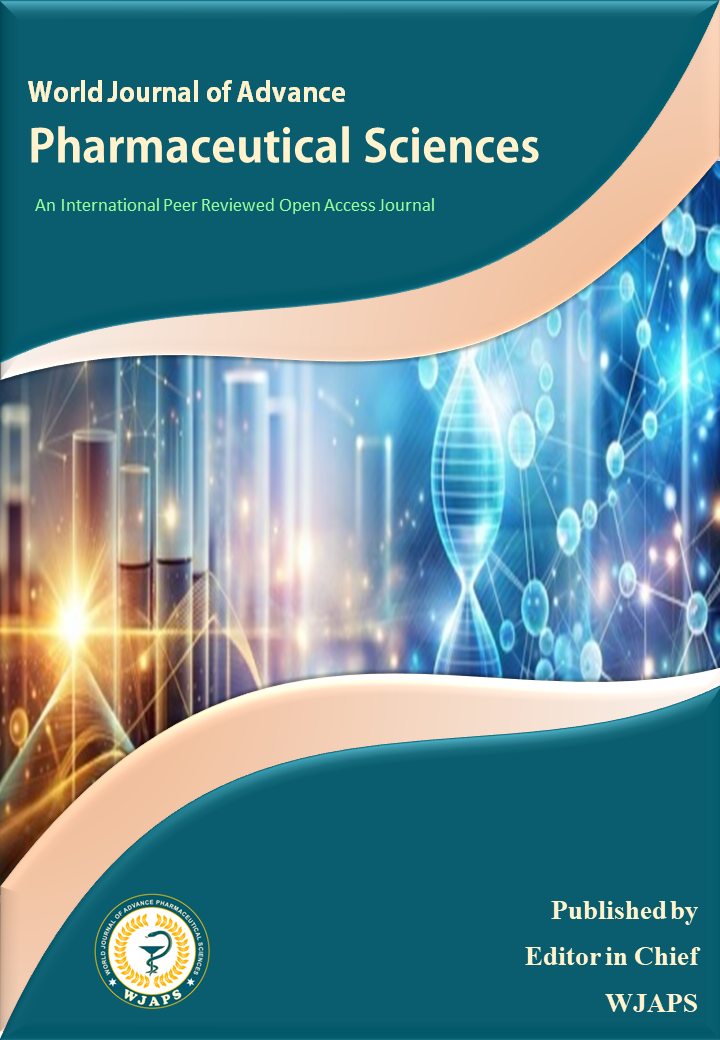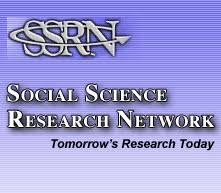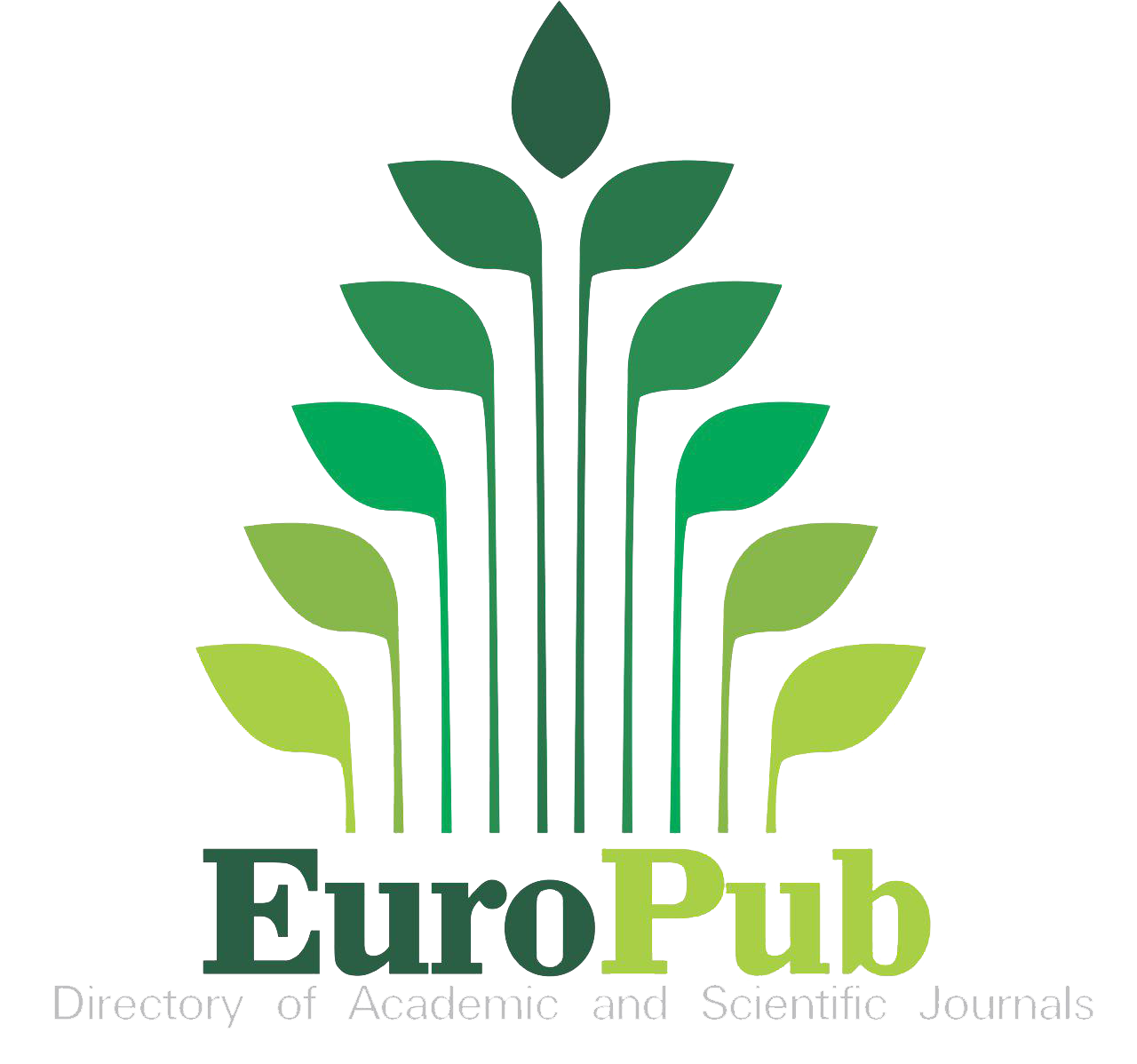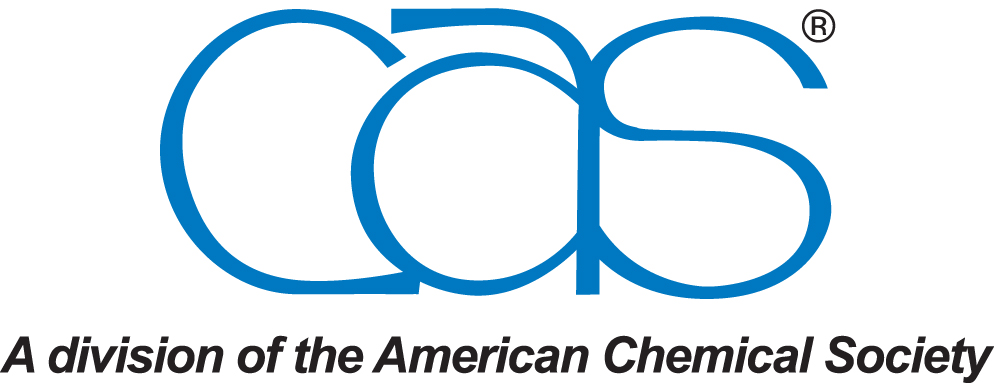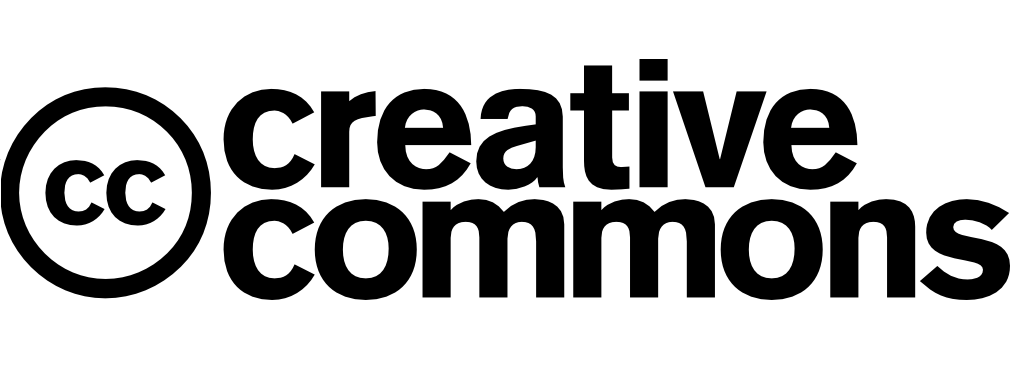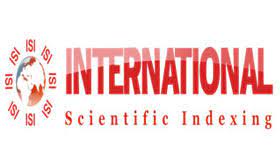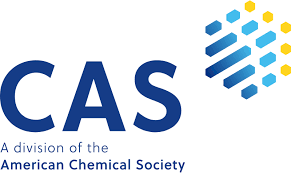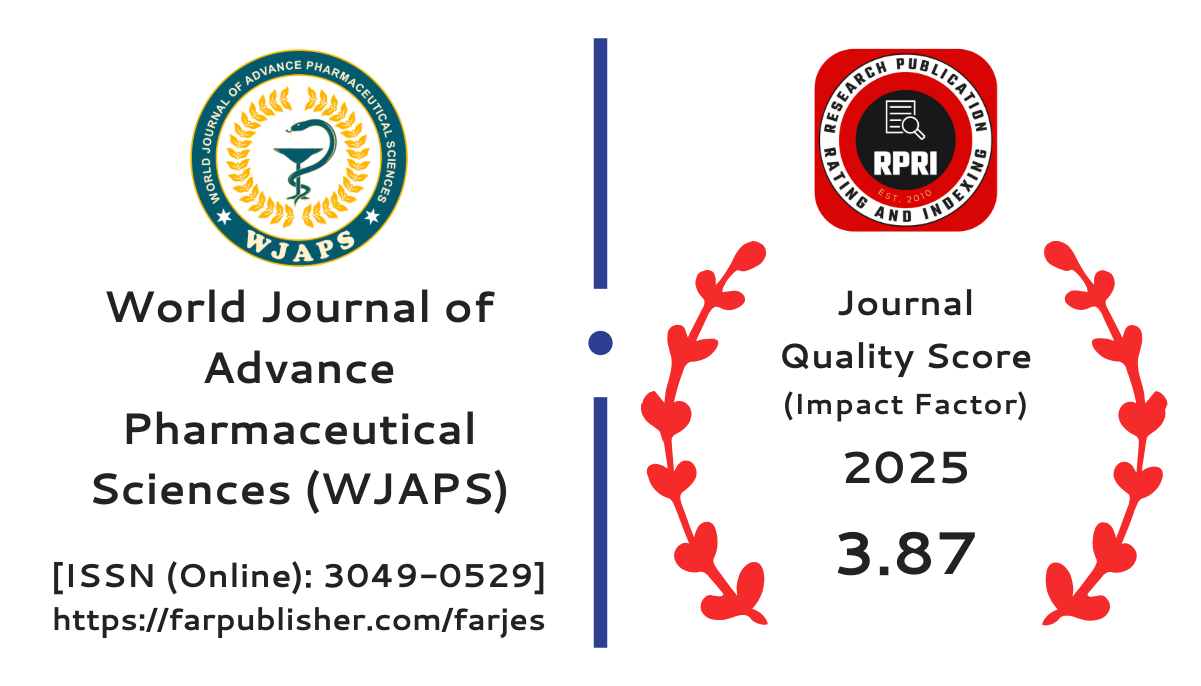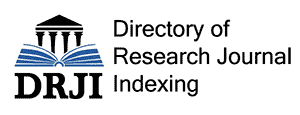ANABOLIC STEROIDS IN SARCOPENIC OBESITY: A THERAPY WORTH REVISITING
Diogo Pinto da Costa Viana*, Lucas Caseri Câmara and Lucio de Sousa Monte Alto
Aims: This narrative review critically examines the literature on sarcopenic obesity (SO), emphasizing its definition, pathophysiology, limitations of conventional therapies, and the therapeutic potential of anabolic androgenic steroids (AAS), particularly oxandrolone and nandrolone. Ethical considerations and cardiovascular risks associated with AAS use are also discussed. Study Design: Narrative literature review. Methods: Studies were identified through PubMed using the following primary search terms: "obesity", "sarcopenia", "sarcopenic obesity", "anabolic androgenic steroids", and "therapeutics". Additional searches were conducted using the "Find Topics" and "Literature Review" tools within the AI-powered Scispace platform. Relevant citations from key authors were also manually screened for inclusion. Results: Sarcopenic obesity is a multifactorial condition that significantly compromises functional and metabolic health, particularly in older adults. Conventional therapies—namely diet and exercise—often yield limited efficacy, especially in individuals with hormonal impairments or chronic inflammation. AAS such as oxandrolone and nandrolone have demonstrated beneficial effects on muscle mass preservation and recovery in select clinical settings. Nevertheless, concerns regarding cardiovascular safety and adverse effects persist, especially in cases of non-medical use. When ethically prescribed and carefully monitored, AAS may represent a viable adjunct in the management of refractory SO. Conclusion: While further large-scale, controlled studies are warranted, current evidence suggests that AAS may serve a legitimate therapeutic role in select cases of sarcopenic obesity unresponsive to conventional interventions. Their inclusion in multimodal rehabilitation strategies—when clinically justified and closely supervised—should be considered. Clear distinctions between medical use and abuse must guide both clinical decision-making and scientific discourse to ensure rational, patient-centered care.
[get full article]
